
Travel
16:50, 15-Aug-2018
What makes Vienna the world's most 'Livable city'?
Updated
16:39, 18-Aug-2018
Li Jiajing
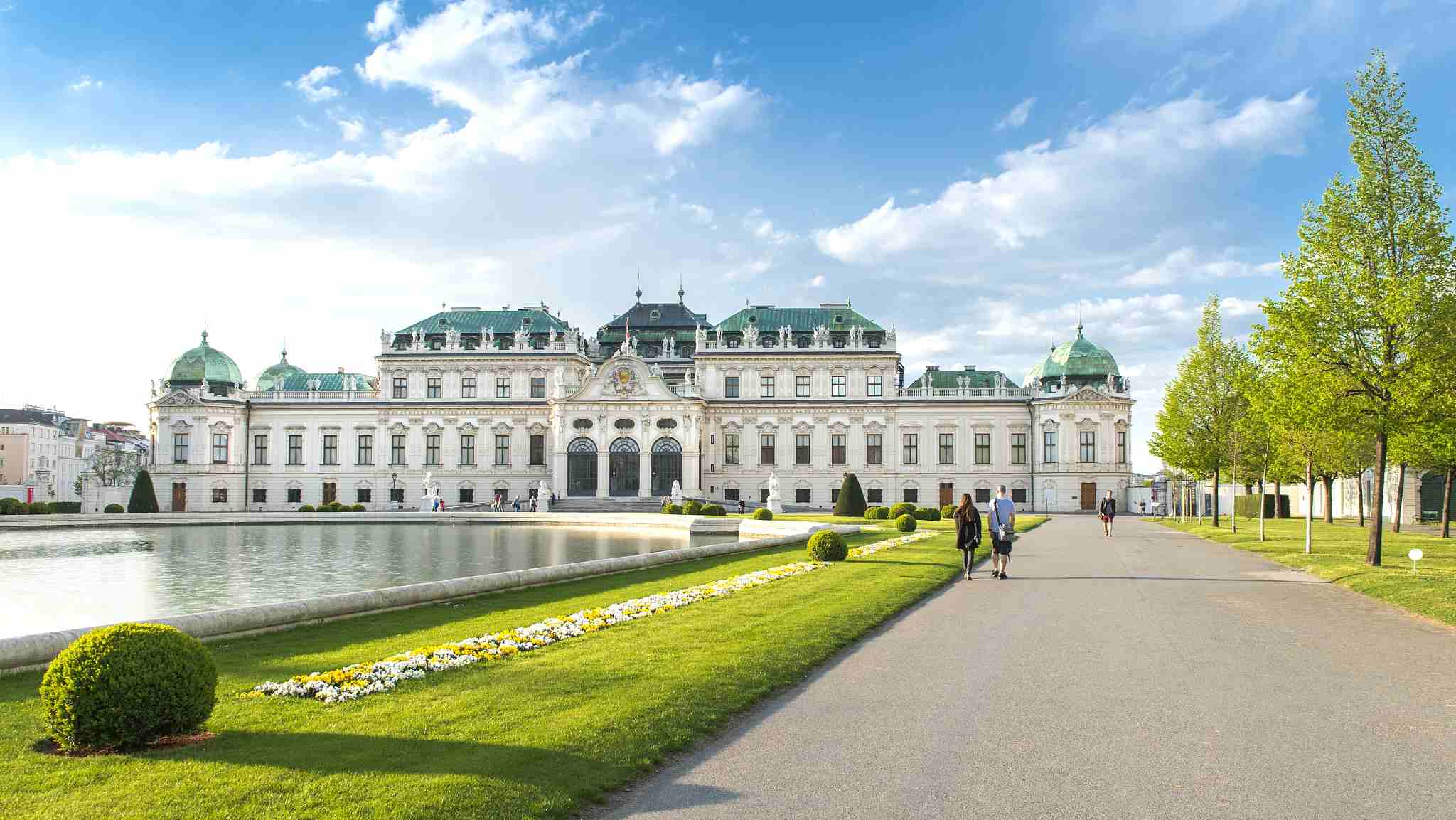
Austria’s capital, Vienna has eclipsed the Australian city of Melbourne in the Economist Intelligence Unit’s annual ranking of the world’s most livable cities.
But what exactly is it that makes Vienna so “livable”? Here are five reasons.
Perfect location
There are so many travel opportunities from Vienna.
Italy, Slovenia, Slovakia, Czech Republic, Germany among other destinations are one train ticket away from Vienna. Budapest is a two-hour train ride away from the Austrian capital.
Even with all of Vienna’s charms, you can easily escape for a weekend away to surrounding countries and cities without worrying much about how to get there.
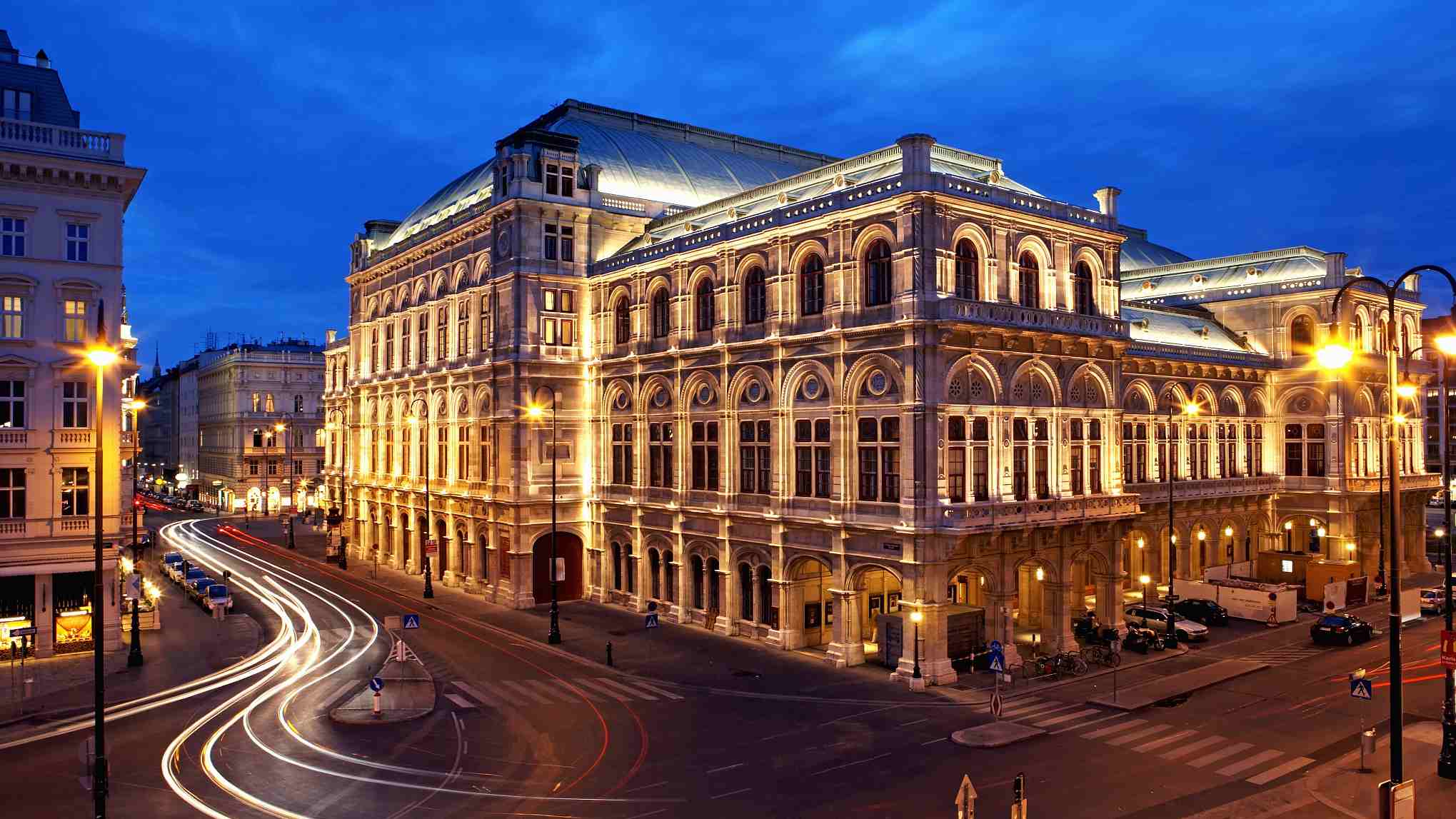
The night view in Burg Theatre, Vienna, Austria. /VCG Photo
The night view in Burg Theatre, Vienna, Austria. /VCG Photo
Add to that flight opportunities: London in two and a half hours, Moscow in four hours, Dubai in six, Spain in two, and Greece also in two hours….With so many countries nearby, you’ll never feel stuck in Vienna.
Green city
According to a 2015 study, green areas account for around 50 percent of Vienna. And we’re not only talking about parks and gardens.
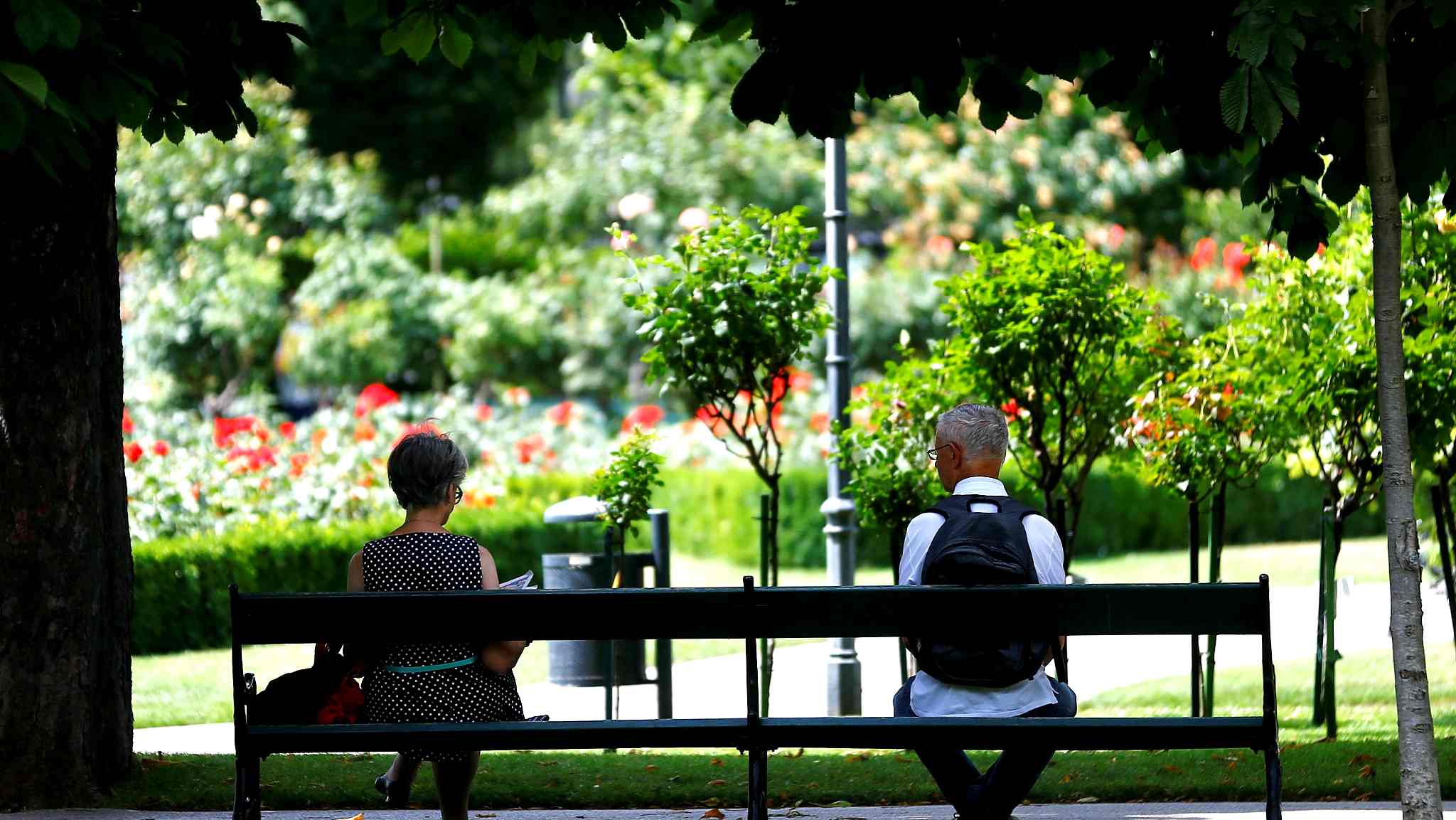
Two elderly people sit in the shade in a park in Vienna. /VCG Photo
Two elderly people sit in the shade in a park in Vienna. /VCG Photo
There are, of course, plenty of those all over Vienna, easily accessible with public transport, by bike, or even on foot. Parks and gardens are perfect for a quick break from sightseeing tours and for holding spontaneous picnics.
You’ll also find many forested areas within Vienna’s city limits. Just a short trip on the tram can take you to places that will make you feel like you’re in the countryside.
Clean environment
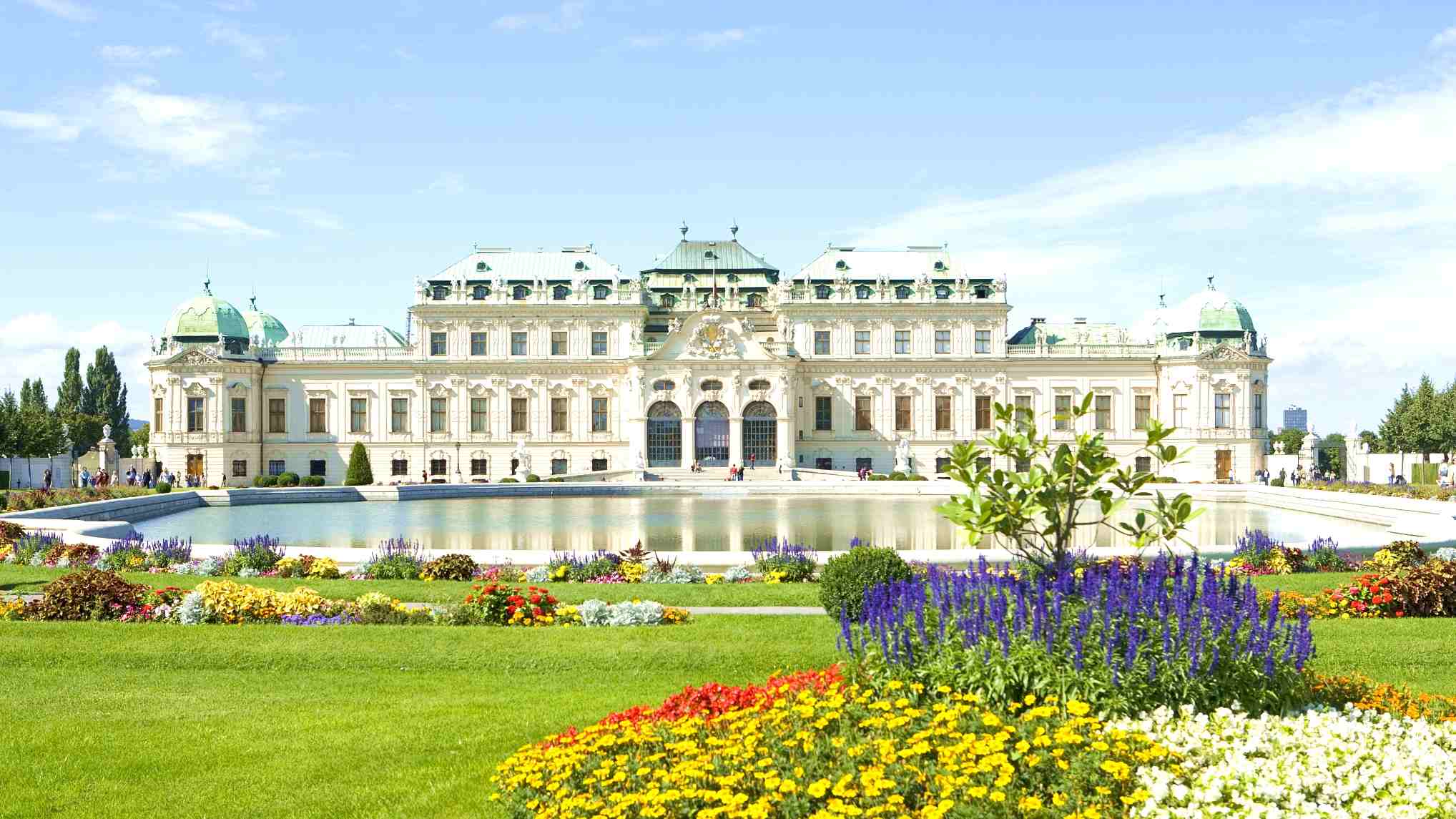
Belvedere Palace and gardens in Vienna, Austria. /VCG Photo
Belvedere Palace and gardens in Vienna, Austria. /VCG Photo
Pollution is currently a massive global issue, with cities around the world being increasingly smothered in smog. Vienna has an excellent reputation for being a clean and green city, with air quality being measured as "good" and drinking water quality and accessibility as "very high." Noise and light pollution are also considered to be "low."
Historical sightseeing
Tourists on the road are usually explicitly told which historical sights they must visit in a given city. In Vienna, this kind of advice is a little more complicated to give, since the city’s history goes back to the Roman times. In Vienna, everything is historic. There’s a Roman excavation site within the city itself, at Michaelerplatz — it can't get any more historic than that!
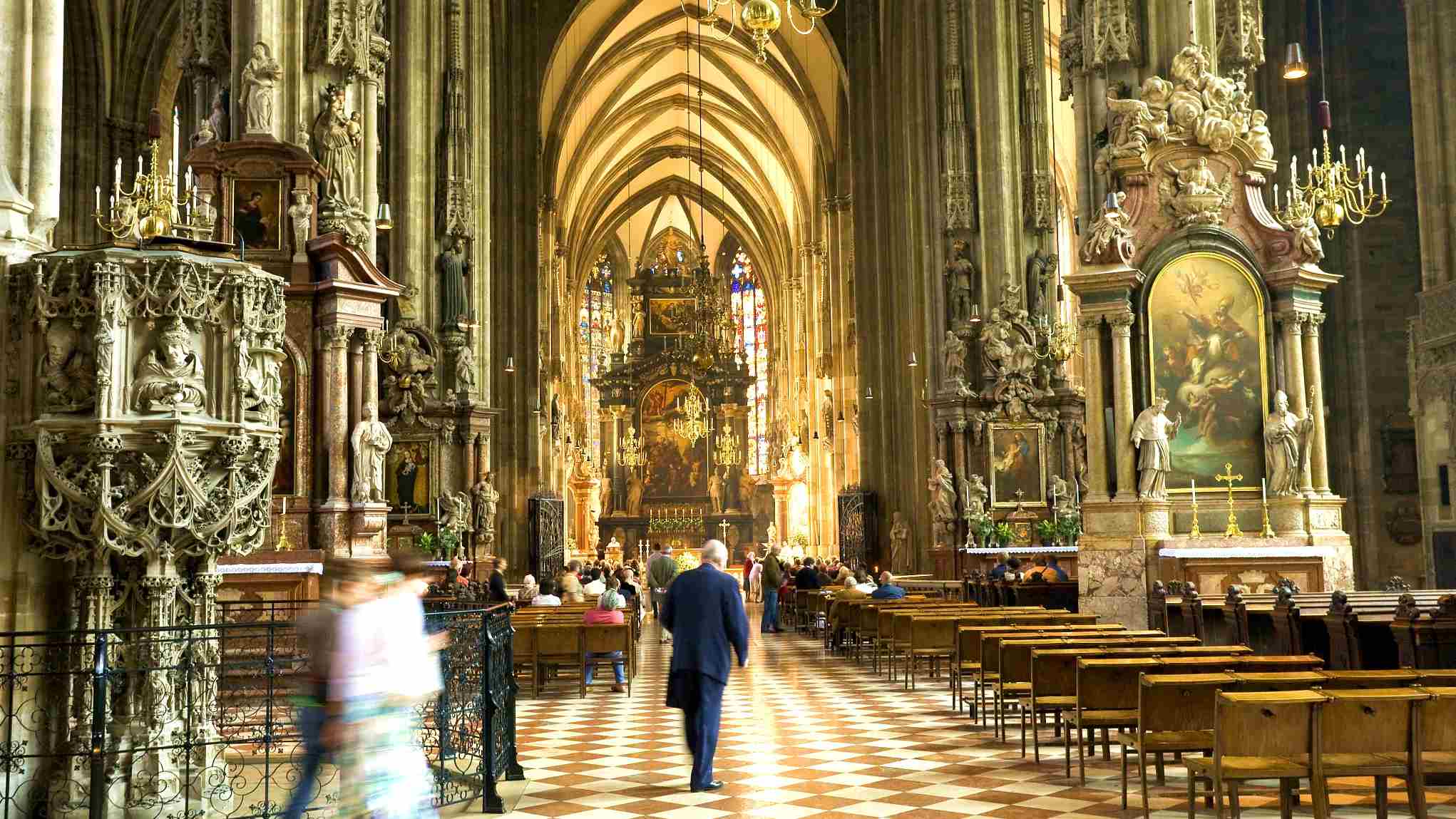
St. Stephens Cathedral in Vienna, Austria. /VCG Photo
St. Stephens Cathedral in Vienna, Austria. /VCG Photo
Vienna also has plenty of cultural sights to offer: the collections at the Hofburg, the Ring Road with its imposing buildings, St. Stephens Cathedral, countless museums, and much more.
Transportation and infrastructure
A functioning public transport system is essential to an enjoyable and productive life in the city. Vienna is well-known for its excellent urban infrastructure. Getting from point A to B is fast and easy thanks to a network of underground trains (called “U-Bahn”), buses, and tramways. U-Bahn usually runs every three minutes, and is in service 24/24 during weekends.
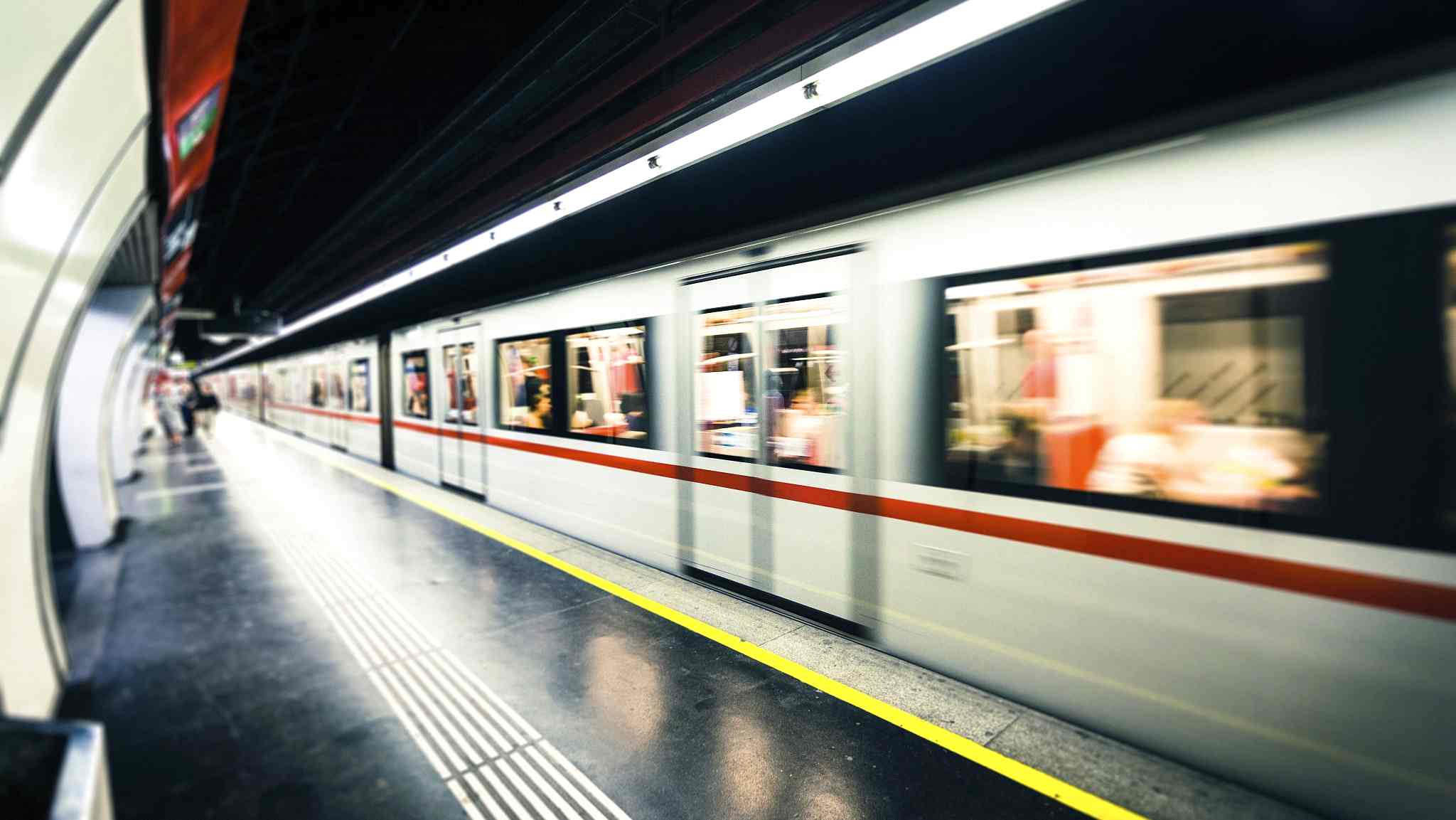
Underground train in Vienna, Austria. /VCG Photo
Underground train in Vienna, Austria. /VCG Photo
Tickets for the Vienna public transport system are affordable. Annual tickets can be purchased for just one euro per day. Cyclists are not forgotten, with clear pathways and many cycling routes winding around the city, while exploring on foot is also a great option during summer.

SITEMAP
Copyright © 2018 CGTN. Beijing ICP prepared NO.16065310-3
Copyright © 2018 CGTN. Beijing ICP prepared NO.16065310-3